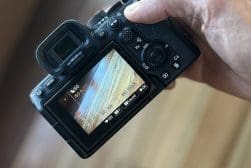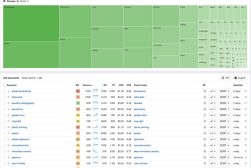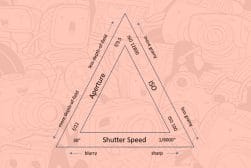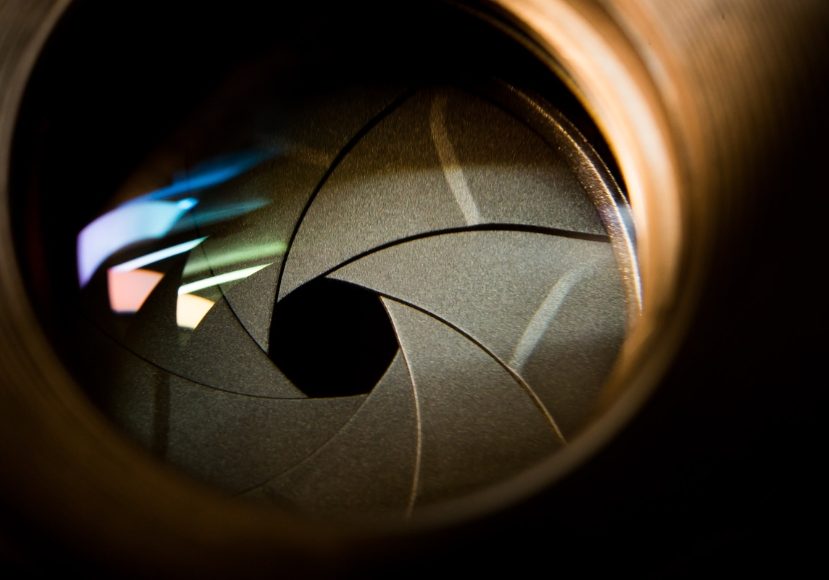
What is F-Stop on a Camera (And How to Use it)
The F-Stop explained: everything you need to know about F-stops on your camera, from what they are to how to choose the right one.
Learn | By Yatharth Gupta
Have you ever wondered what is an f-stop on your camera?
Even though it’s one of your camera’s most common settings, at times, f-stop values can be confusing for photographers.
Understanding f stops is essential if you wish to take creative control of your photography in your hands.
F-stop affects not only the exposure but also the depth of field, which is an essential tool when it comes to storytelling with photos.
That’s why in this comprehensive guide, we’ll dive into everything you need to know about f-stop; what it is, how it works, and how to use it for better compositions.
By the end of this article, you’ll have a clear understanding of f-stop and how its effective use can elevate your photography to the next level.
Let’s get started.
What Is F-Stop on a Camera?
F-stop can be defined as the mathematical measure of the size of the opening in a lens.
To explain it better, I’ll take you through how a camera captures an image.
First, light passes through the lens barrel and hits the mirror or sensor (depending on the camera; DSLR or Mirrorless) to facilitate a preview of the scene in the live-view window or the LCD screen.
In the above step, how much light enters the lens barrel is decided by the f-stop value chosen, as it’s the metric that denotes the diameter of the opening in the lens.
Then, when you fully press the shutter button, light hits the photosensitive material, i.e., a sensor, and your camera captures and processes it into a photograph.
The amount of light that enters the camera affects the exposure and depth of field in the photo.
F-stop is represented in a series of numbers which increments in the stops of light, such as f/1.4, f/2, f/4, f/5.6, f/8, f/11, f/16, and so on.
The difference between each value denotes one full stop of light. If you increase the f-stop, you cut the light entering through the lens by half and double it when you decrease the f-number.
Here’s an easy way to remember it: the higher the f-number, the less light enters the lens, and the lower the f-number, the more light enters the lens.
Another question that often confuses beginners is whether we refer to the same thing with the terms “aperture” and “f-stop”. Let’s take a look at it in the section below.
Are F-stop and Aperture the Same Thing?
Yes, aperture and f-stop refer to the same thing. However, there’s a slight difference in how we use both these terms.
The aperture is the hole through which light travels into the camera and reaches the sensor. However, the f-stop is the measure of that opening.
In other words, the aperture is the physical opening in the lens barrel, whereas the f-stop is a number to determine its size.
How Much Do You REALLY Know About Photography?! 🤔
Test your photography knowledge with this quick quiz!
See how much you really know about photography...

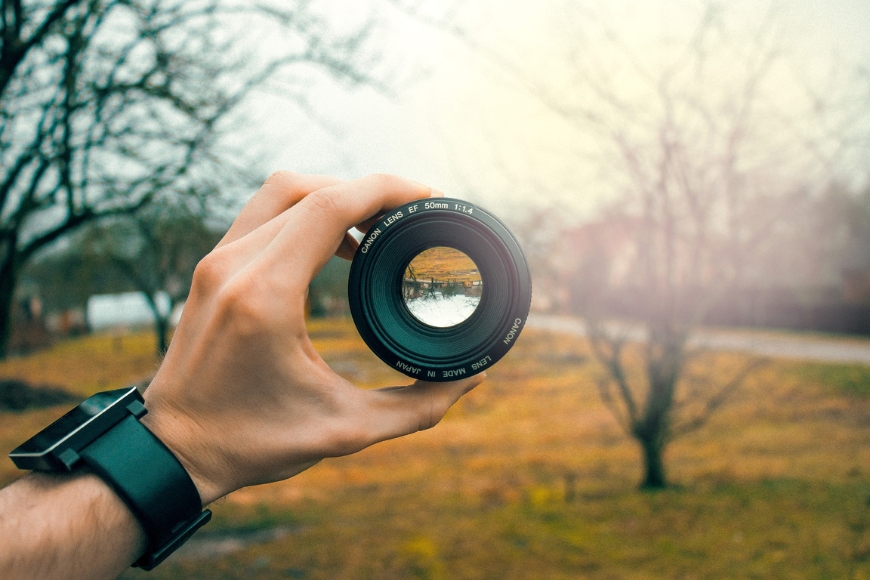
Credit: Jonas Svidras
Every lens uses aperture blades that are controlled with the f-stop setting. It lets you change the size of the hole, to allow or restrict the flow of light.
(See when to use wide vs narrow aperture in our guide.)
Though f-stop and aperture both represent the lens opening, these terms can’t be used interchangeably.
A mistake most beginners make when they’re told to use a large aperture; they end up using a high f-stop value which is the opposite of a large aperture.
To understand this better, let’s look at how the f-stop is calculated.
F-stop = Focal length / Diameter of the lens opening (in mm)
For example: If you’re shooting with a 35mm lens at f/1.4, your lens aperture diameter is 25mm.
The larger denominator, in this case, the aperture diameter, results in a lower f-stop number. This is the reason why a low f-number means a wider aperture.
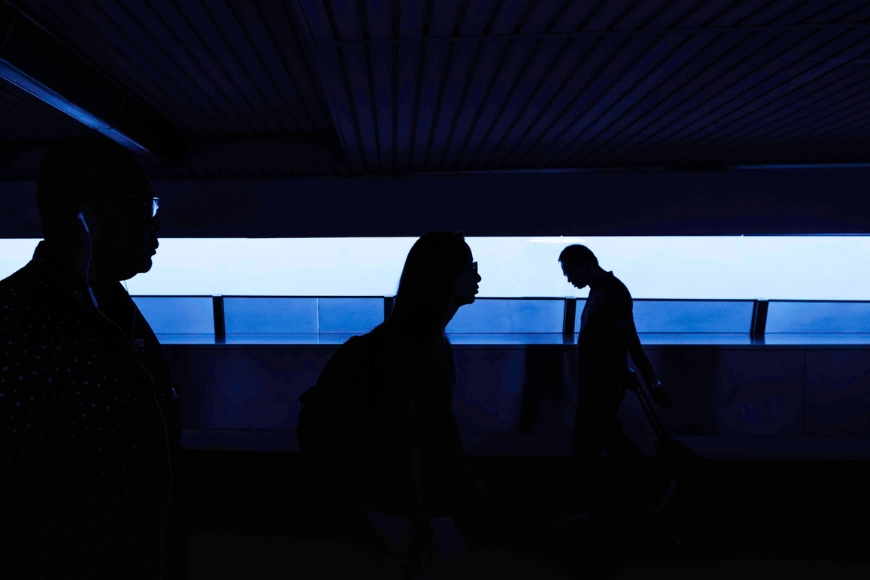
Credit: Brandon Wong
A simple way to remember this is that the larger the opening, the smaller the f-stop value, and vice versa.
A large aperture allows more light into the lens and works better in low-light situations. It’s one of the reasons why prime lenses with small f-numbers are pricey.
If you’re interested in learning more, check out this comprehensive blog post that explains aperture in-depth.
At this point, it’s worth mentioning the Sunny 16 Rule, which says the shutter speed should be reciprocal to whatever ISO you use. Then, you set the aperture to f/16 for a sunny day.
What Happens When I Change My F-Stop?
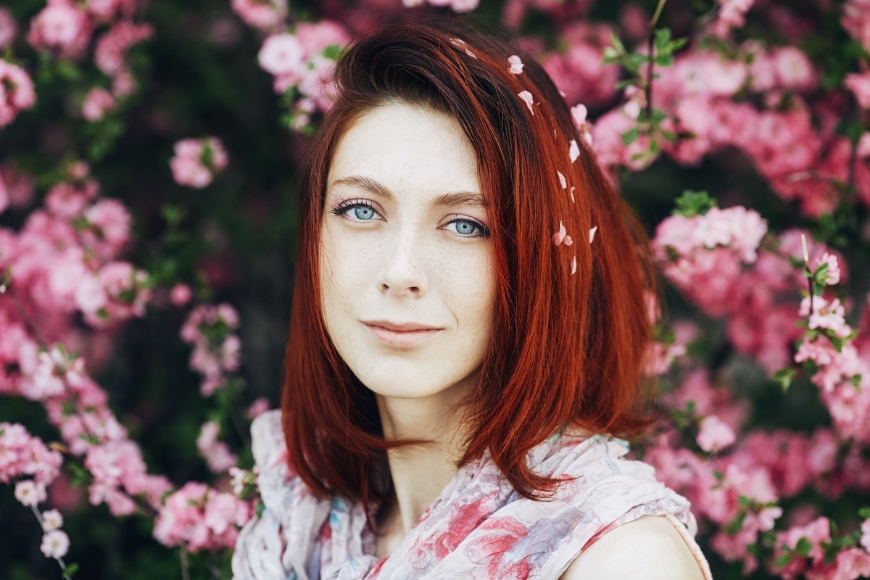
Credit: Tengyart
As we discussed above, when you change the f-stop on your camera, you essentially increase or decrease the size of the aperture in your lens.
The aperture can be thought of as the pupil of the lens, which controls the amount of light that goes through the lens and hits the sensor.
Letting in less light or increasing the f-stop value reduces your photo’s exposure. On the other hand, decreasing the f-stop would add more light to the image.
However, lower f numbers tend to soften the details, while higher f-stop results in sharper details in photos.
Aperture is one of the three settings (also called Exposure Triangle) that overall control the exposure in digital cameras. I’ll explain more about it in the upcoming section.
Changing f-stop not only affects the exposure and sharpness but also directly affects the depth of field. Let’s understand how.
How F-stop Affects Depth of Field
Depth of field is the range of distance that is in sharp focus in a photo. In other words, It’s the area between the nearest and the farthest point in an image that’s acceptably in focus.
A shallow depth of field is when the aperture is wide open, resulting in a bright photo with the in-focus area being too small. It also creates a blurred background which is also known as “bokeh.”
With higher f-stop numbers, you can achieve a deep depth of field where the maximum area in the photo is in reasonably sharp focus.
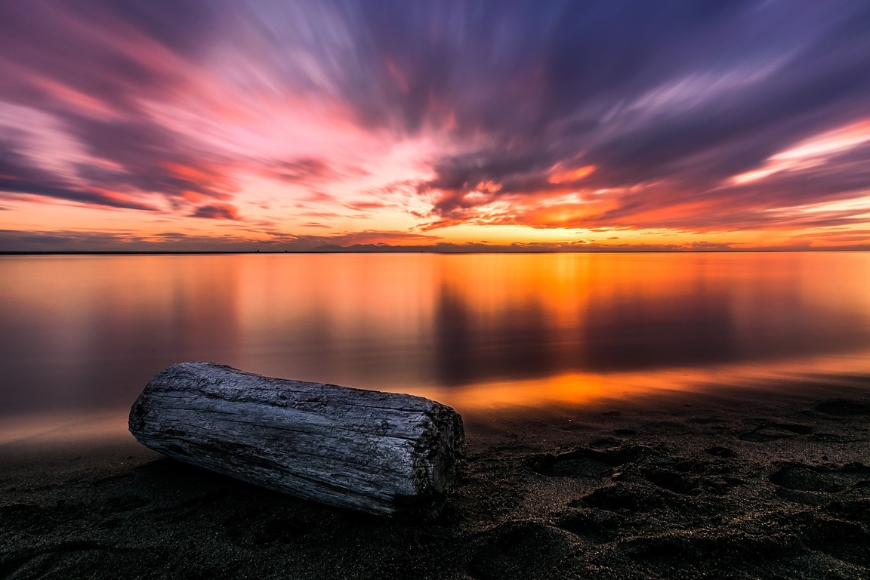
Credit: deejaykow
However, depth of field is affected not only by aperture but also by other factors like focal length and camera-to-subject distance.
When using a wide-angle lens, the depth of field, even at a low f-stop value, would be deep. On the other hand, focal lengths like 100mm and more would give you razor-thin in-focus area even at higher f numbers.
Similarly, you will get a large area in focus if your subject is standing far from the camera, even if you’re shooting with a 50mm focal length at f/1.4. But the sharp area gets smaller as the camera moves closer to the subject.
Understanding the Exposure Triangle
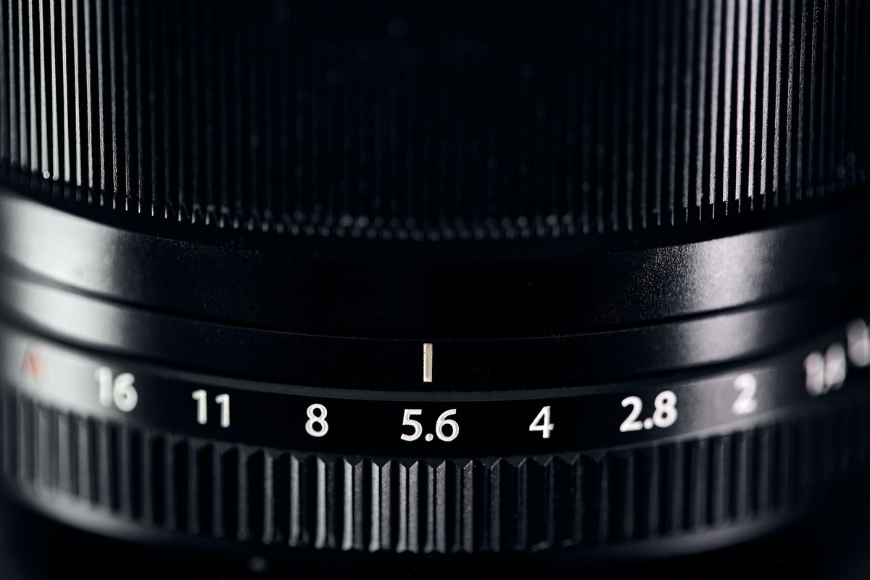
Credit: Agê Barros
The exposure triangle reflects the relationship between your camera’s three most important controls: aperture, shutter speed, and ISO.
Aperture refers to the size of the opening in the lens where the light enters, shutter speed is the time for which the light hits the sensor, and ISO is the sensor’s sensitivity to light.
These three settings are interconnected, and adjustments in one would affect the other two.
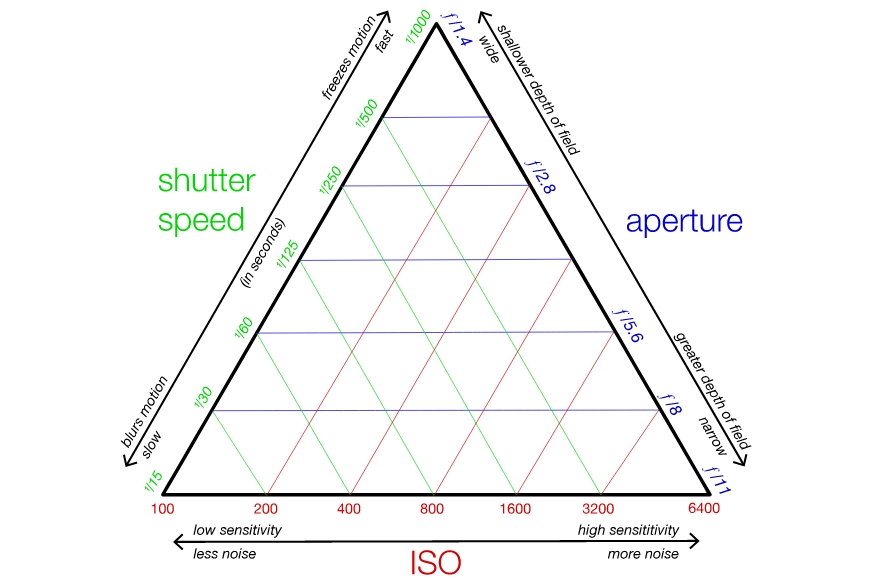
Exposure Triangle on Wikimedia Commons
However, the adjustments depend on the Exposure Value shown by your camera’s metering system.
In most cases, the 0 value on the light meter scale is said to be the correct exposure for the scene. The middle spot on the exposure compensation setting means your chosen shutter speed, ISO, and f-stop would accurately light the scene without overexposing or underexposing the photo.
But when you change one of the settings, you must compensate others to maintain the exposure.
For example, your camera shows a beach sunset would be properly captured at f/1.4, ISO 100, and 1/60 seconds shutter speed. But considering the beautiful landscape, you’d prefer a larger depth of field; for that, you switch the aperture to f/8.
In this scenario, you’ve reduced the amount of light reaching the sensor by 5 stops. This means you’ll have to adjust the shutter speed by 5 stops, increase ISO, or combine both to compensate for the lost light stops.
Here are a few settings that would produce the same EV as the original:
f/8, ISO 100, 1/40s
f/8, ISO 1600, 1/60
The exposure triangle is a vast topic. You can learn more about how it affects your photos in this comprehensive post.
Aperture Size: How to Read It
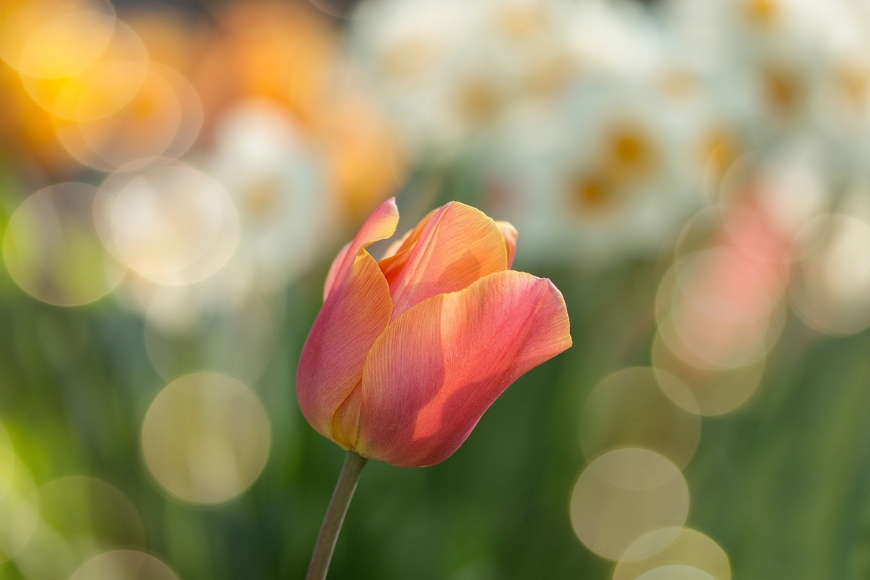
Flower photo taken with a shallow depth of field (small f-stop) to blur the background.Credit: 4924546 Pixabay
When you are first getting started in photography, F-numbers might be difficult to understand.
However, you can easily understand and read the aperture size correctly by remembering these few things:
i) The lower the f-stop, the bigger the opening in your lens, and the more the light gets in
ii) The smaller the aperture, the shallower the depth of field
iii) The higher the f-stop, the smaller the opening, and the lesser the light gets in
iv) The wider the aperture, the deeper the depth of field
So, the next time you come across f/1.4, you can quickly understand it’s a small f-number, which means it would allow more light into the camera and create background blur.
Similarly, an f/8 should easily indicate to you that you’ll get sharper elements throughout the photo.
For a quick visual reference, you can take a look at this downloadable F-Stop Chart.
Which F-Stop Should I Use?
As a photographer, you might encounter situations when you won’t know which f-stop you should use for a particular photo.
Sometimes, choosing an appropriate aperture can be straightforward; like when shooting a close-up portrait, you’d prefer a wide aperture (a smaller f-stop number).
But often, you may get confused between one of the higher f-stop numbers. For example, you might find it challenging to pick between f/8 and f/11 for a vast landscape or between f/4 and f/8 for a group photo at a wedding.
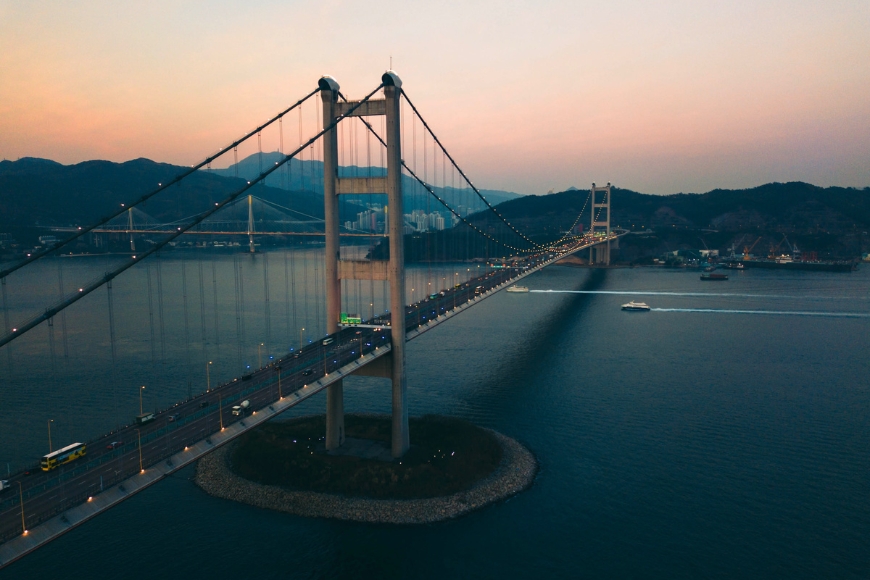
Credit: Samuel Chan
To make the right f stop choice, you must consider the purpose of the photo, depth of field, and lighting conditions.
The purpose of the photo dictates the depth of field requirement. In portrait photography, the background may not have much impact and does not need to be sharp. But for street photography, the background may be an important part of the overall storytelling and should be in focus.
Similarly, you may want to use a smaller f-stop when shooting at dusk while hand-holding the camera. The lack of stability of a tripod would make it necessary to use a fast shutter speed and let in more light.
Another scenario can be when you wish to capture a long-exposure shot in a fairly lit condition; there, you’d stop down (or reduce) the f number to allow for a considerably slow shutter speed such as 1 second or longer.

Street photo which was likely taken with a large f-stop value to keep everything in focus. Credit: Muhittin KARABULUT
The best way to decide which f-stop you should use is to always start with determining what you want to achieve with the photo.
Other than that, consider the depth of field needed for your vision and the lighting conditions.
FAQs About F- Stop Camera Values
How do I change the f-stop on my camera?
Depending on the manufacturer and model, you can change the f-stop on your digital camera using one of the command dials, the aperture ring, or the menu. Refer to the camera manual for this information.
Is ISO the same as f-stop?
No, while f-stop measures the opening in your lens diaphragm, ISO decides how sensitive your sensor would be to light.
Why doesn’t my lens go wider than f/4?
Always refer to the aperture range of your lens to determine how wide it can open. For example, an f/2.8 – f/4 lens would go as wide as f/2.8. There are also lenses with a fixed maximum aperture, such as f/4, which can’t go wider than f/4.
What is the highest f-stop on a camera?
The highest f-stop is a feature of the lens. Some lenses go as high as f/22, and some go at a maximum of f/16.
How do you control F-stop on a camera?
You can control f-stop with the aperture ring, menu, or command dial, depending on your camera brand and model. You should also note your camera’s mode; manual mode and aperture priority allow f-stop adjustments, whereas shutter priority mode auto selects the aperture. Refer to the camera manual for accurate information on controlling the f-stop on your digital camera.
What does f/2.8 mean in photography?
F/2.8 is an aperture value of a lens, one of the values denoting a large opening in the lens diaphragm.
Final Words
Understanding f-stop is a must for all photographers passionate about their craft. By knowing how the aperture works and how it affects your photos, you can take control of your exposure and make stunning photos.
Did you find this post helpful? Please feel free to share your thoughts in the comments below.

Check out these 8 essential tools to help you succeed as a professional photographer.
Includes limited-time discounts.





